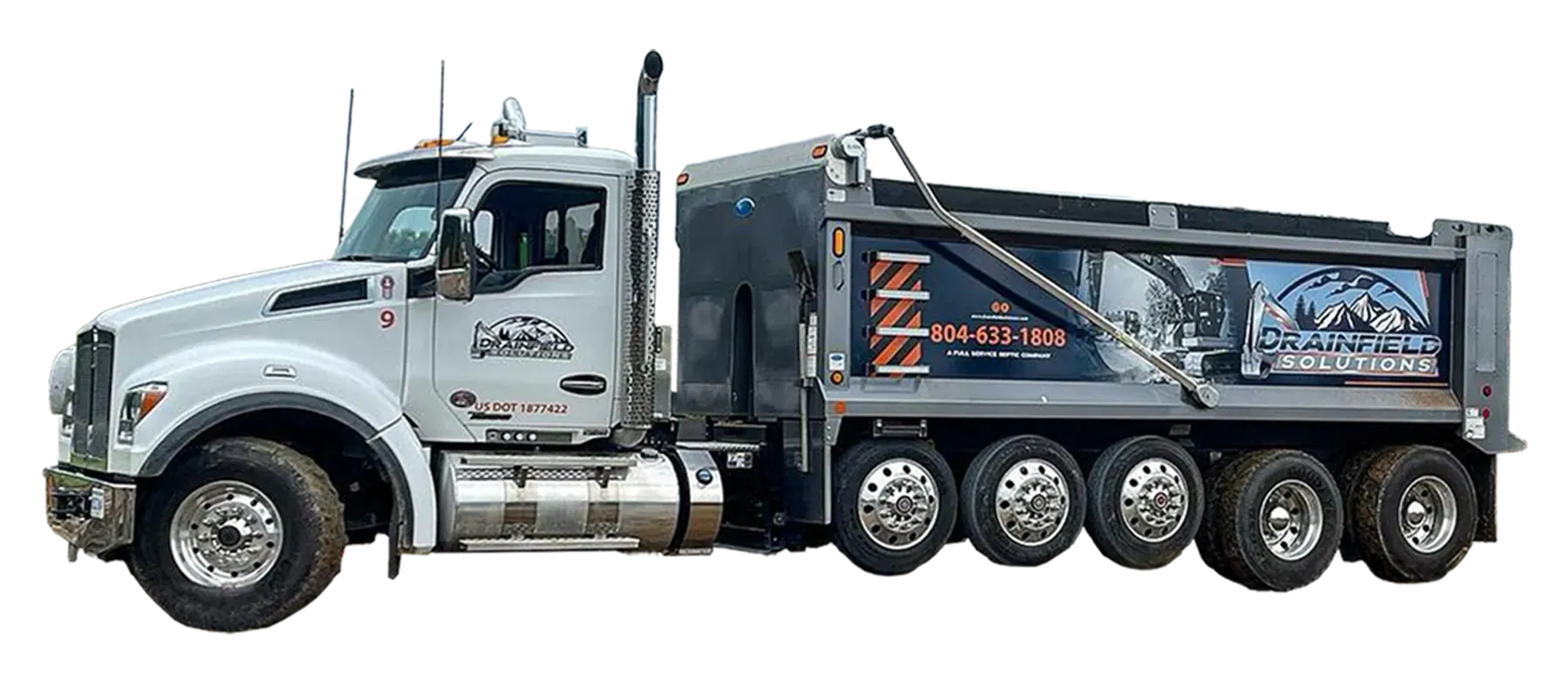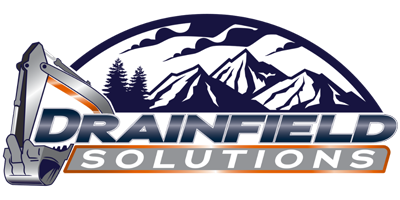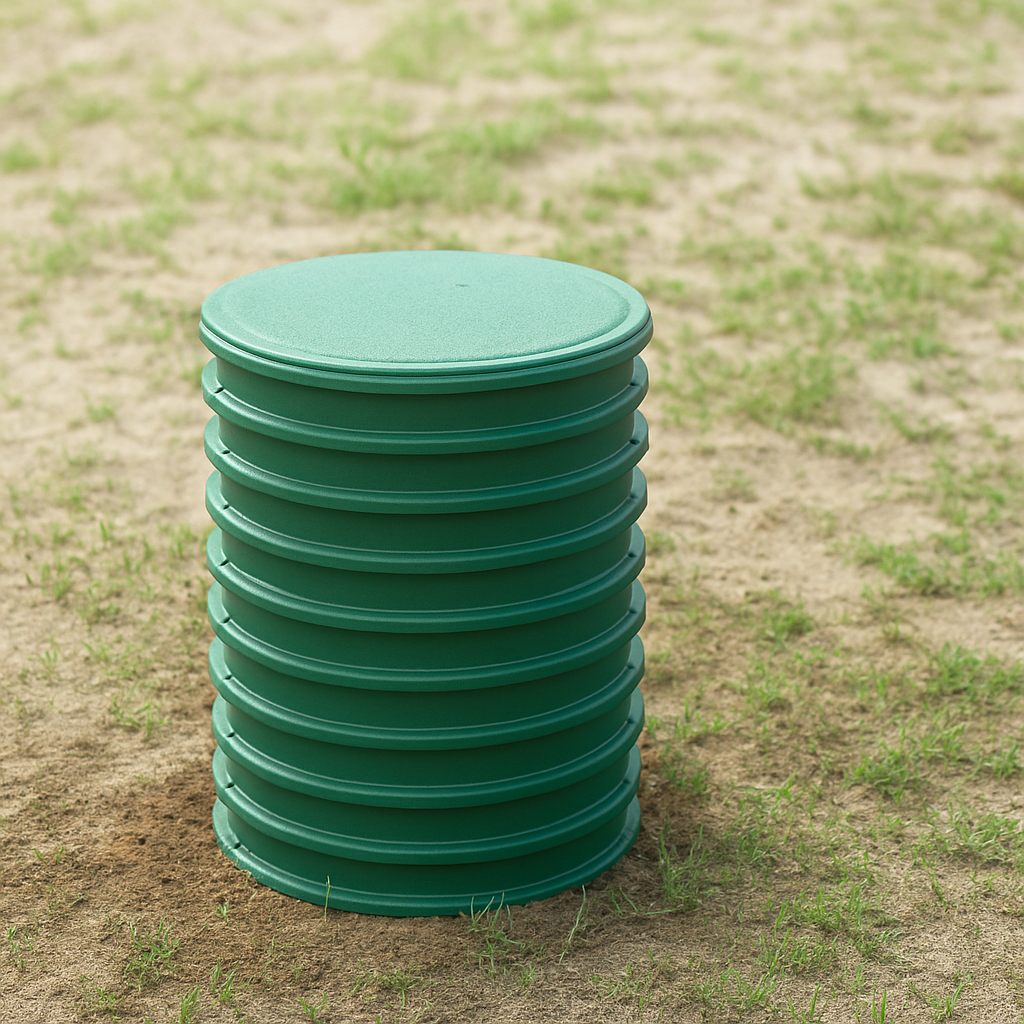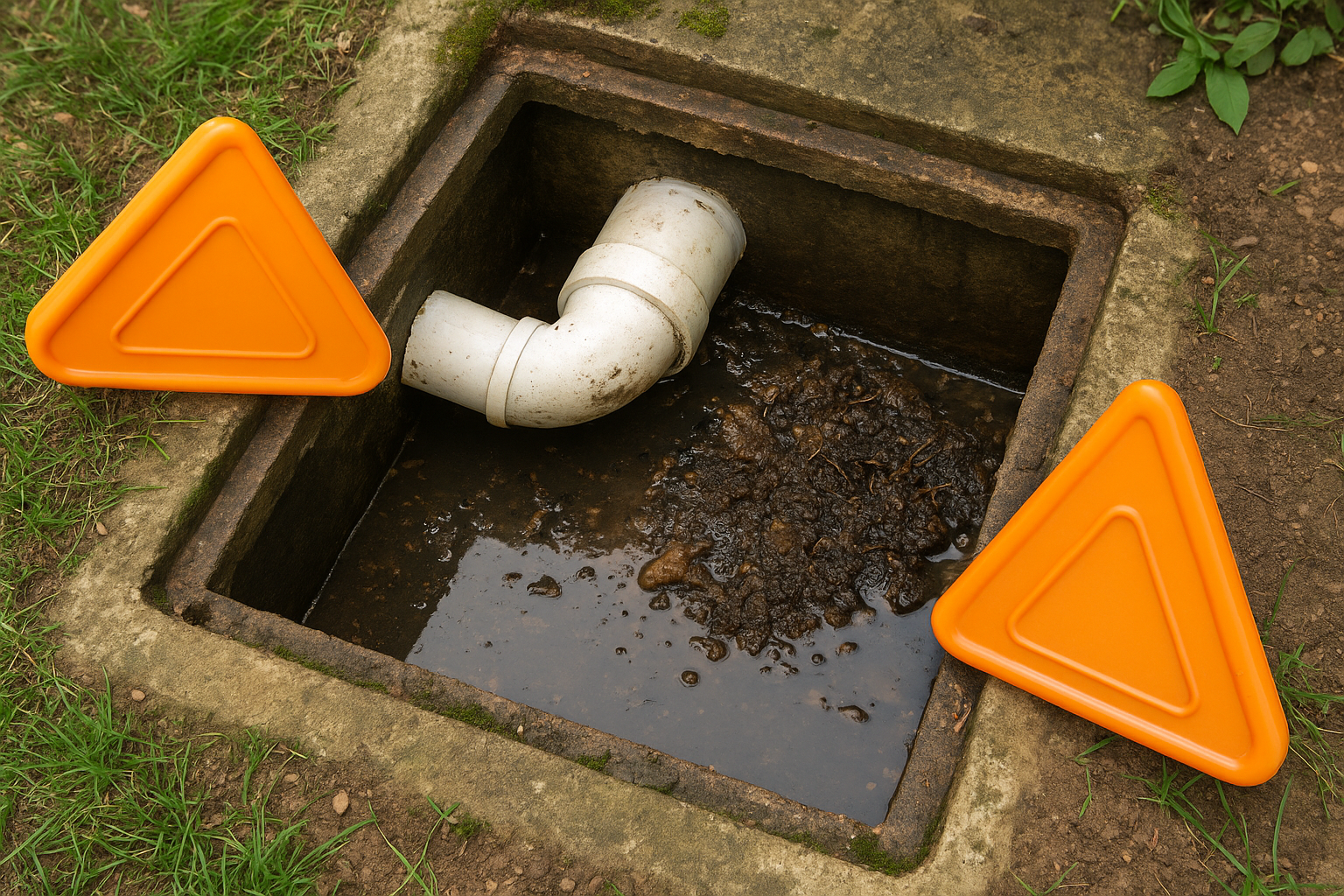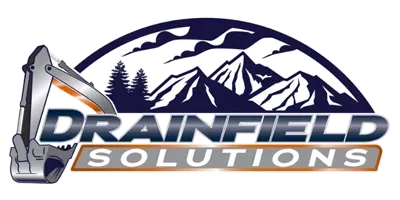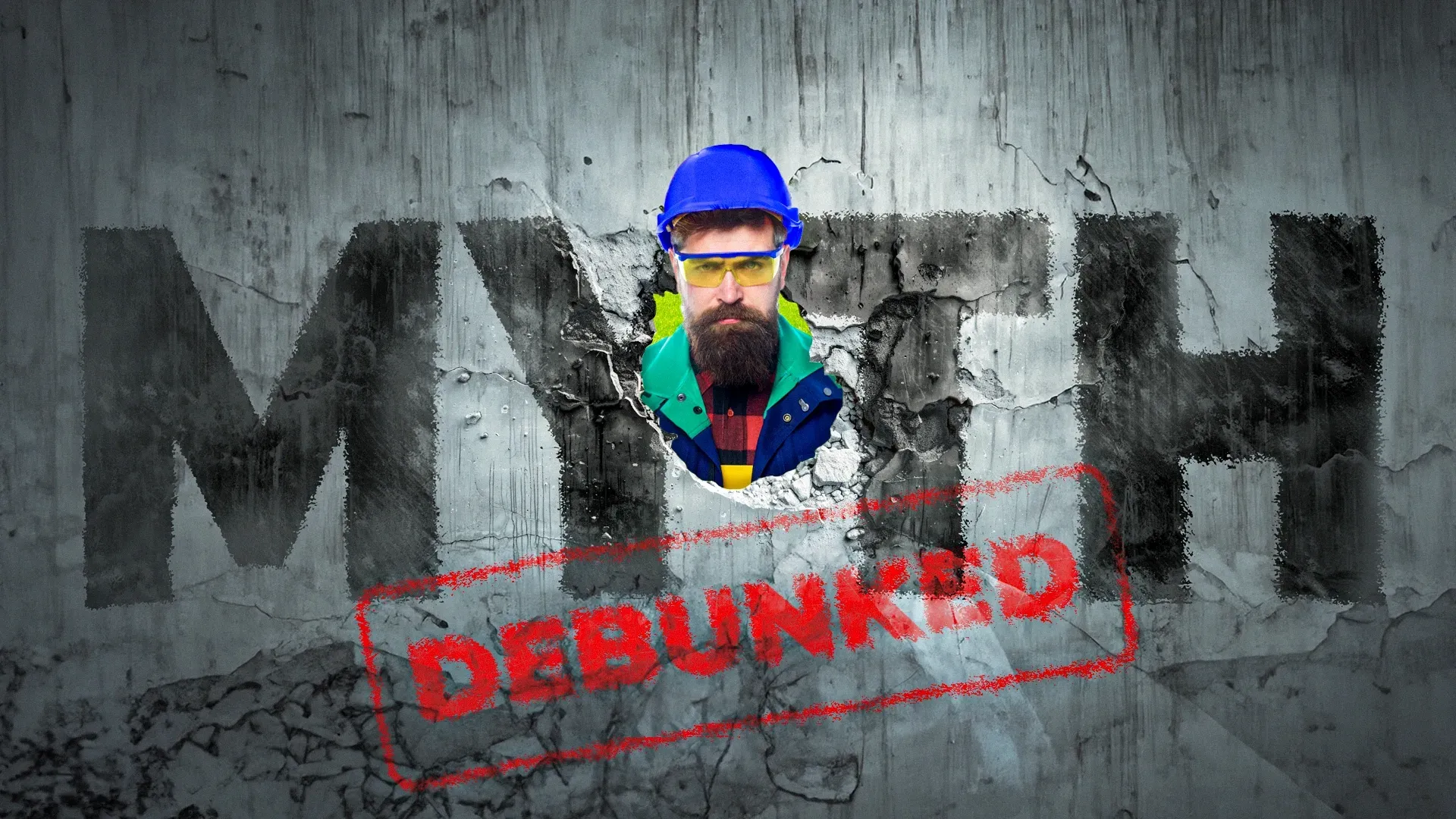
Common Drainfield Myths Debunked
November 6, 2024
Many misconceptions surround septic systems and drainfields, and these myths can lead homeowners to neglect crucial maintenance, inadvertently causing damage to their systems. Understanding the truth about how a drainfield functions and the factors that affect its performance is key to extending the life of your septic system and avoiding expensive repairs. In this blog, we will debunk some of the most common drainfield myths and provide the facts you need to keep your system running smoothly.
Myth 1: “You Never Need to Pump Your Septic Tank if the Drainfield is Working”
One of the most persistent myths is that as long as your drainfield is functioning properly, there’s no need to pump your septic tank. This belief couldn’t be further from the truth. Regular septic tank pumping is essential to prevent solids from entering the drainfield. Over time, solids build up in the tank, and without regular pumping, they can eventually flow into the drainfield, causing clogs and damage.
Septic tanks need to be pumped every 3-5 years depending on household size and water usage. Neglecting this important maintenance task can result in costly repairs or even the need for a new drainfield. Even if your system seems to be working fine, failing to pump the tank can lead to gradual deterioration of the drainfield.
Myth 2: “All Septic Systems and Drainfields are the Same”
Septic systems are not one-size-fits-all. In fact, the design of a septic system and its drainfield depends on several factors, including the size of the property, soil composition, the number of occupants, and local regulations. Different types of septic systems—such as conventional, aerobic, or mound systems—are tailored to fit specific site conditions.
For example, properties with poor soil drainage may require a mound system, where the drainfield is elevated above the natural soil level to allow for better filtration. Meanwhile, some properties may require advanced treatment systems due to proximity to water sources or high water tables. Understanding the specific needs of your septic system is essential for ensuring it functions properly.
Myth 3: “You Can Plant Trees or Build Structures Over the Drainfield”
While your drainfield may seem like unused space in your yard, it’s crucial to keep it clear of trees, shrubs, and heavy structures. Tree roots are a significant threat to the health of your drainfield. As they grow, roots can penetrate the perforated pipes in the drainfield, causing blockages and system failure. Even if the roots don’t directly reach the pipes, they can compact the soil and reduce the drainfield’s ability to absorb wastewater.
Additionally, placing heavy structures like sheds, patios, or even parking vehicles on top of the drainfield can compress the soil and damage the pipes. This reduces the system’s ability to distribute and filter wastewater, leading to potential failure. The best way to protect your drainfield is to keep the area clear and avoid placing anything on top of it that could cause damage.
Myth 4: “Septic Additives Can Replace Regular Maintenance”
Some homeowners believe that using septic tank additives will negate the need for regular pumping or other maintenance. These additives are often marketed as “cleaners” that break down solids in the septic tank or improve the performance of the drainfield. However, most septic professionals agree that additives are not a substitute for proper maintenance.
While some additives may break down organic matter to a limited extent, they do not prevent the accumulation of solids in the septic tank. Moreover, certain chemical additives can harm the beneficial bacteria that naturally help break down waste in the system. Instead of relying on additives, homeowners should stick to a regular maintenance schedule that includes septic tank pumping, water conservation, and inspections by a professional.
Myth 5: “A Drainfield Will Last Forever”
Even with regular maintenance, a drainfield has a finite lifespan. Most drainfields last between 20 and 30 years, though this can vary depending on soil conditions, water usage, and how well the system has been maintained. Over time, the soil in the drainfield can become compacted, clogged with solid waste, or saturated with excess water. This reduces the system’s ability to filter wastewater, eventually leading to failure.
To extend the life of your drainfield, it’s important to practice water conservation, avoid overloading the system, and have the septic tank pumped regularly. Keeping heavy equipment off the drainfield and avoiding planting trees nearby will also help prevent damage and prolong the life of the system.
Myth 6: “Septic Systems are Only for Rural Properties”
While it’s true that septic systems are most commonly found in rural areas without access to municipal sewage systems, they are increasingly used in suburban areas as well. Many properties outside city limits rely on septic systems because of the cost and complexity of connecting to municipal sewage lines. Additionally, septic systems can be an environmentally friendly option for treating wastewater, as they return treated water to the soil and help replenish groundwater supplies.
Whether your property is in a rural or suburban setting, understanding how your septic system works and following proper maintenance practices is key to avoiding problems down the road.
Conclusion
By debunking these common drainfield myths, homeowners can better understand the importance of regular maintenance and the specific needs of their septic system. From pumping the tank to protecting the drainfield from damage, taking proactive steps can help extend the life of your system and prevent costly repairs. Relying on facts rather than myths ensures that your drainfield and septic system will function efficiently for years to come.
At Drainfield Solutions, we know the critical role a well-maintained septic system plays in your home's and the environment's health. Our dedicated team of professionals is here to ensure your system receives the expert care it needs to operate efficiently and comply with all state regulations. Whether it's routine pumping, detailed inspections, or comprehensive system evaluations, we are committed to helping you avoid expensive repairs and prolong the life of your septic system.
Regular maintenance can prevent future problems and keep your home safe, clean, and running smoothly. If you're ready to schedule your septic system service or have questions about your system, visit our
contact page to
schedule an appointment with us today by calling
804-633-1808. We're here to help homeowners throughout Central Virginia maintain reliable and effective septic systems.
Share Post
Latest Posts
Ready to Take the Next Step?
Whether you're in need of a system inspection or regular maintenance, Drainfield Solutions is here to help. Get in touch today for reliable service you can trust.
